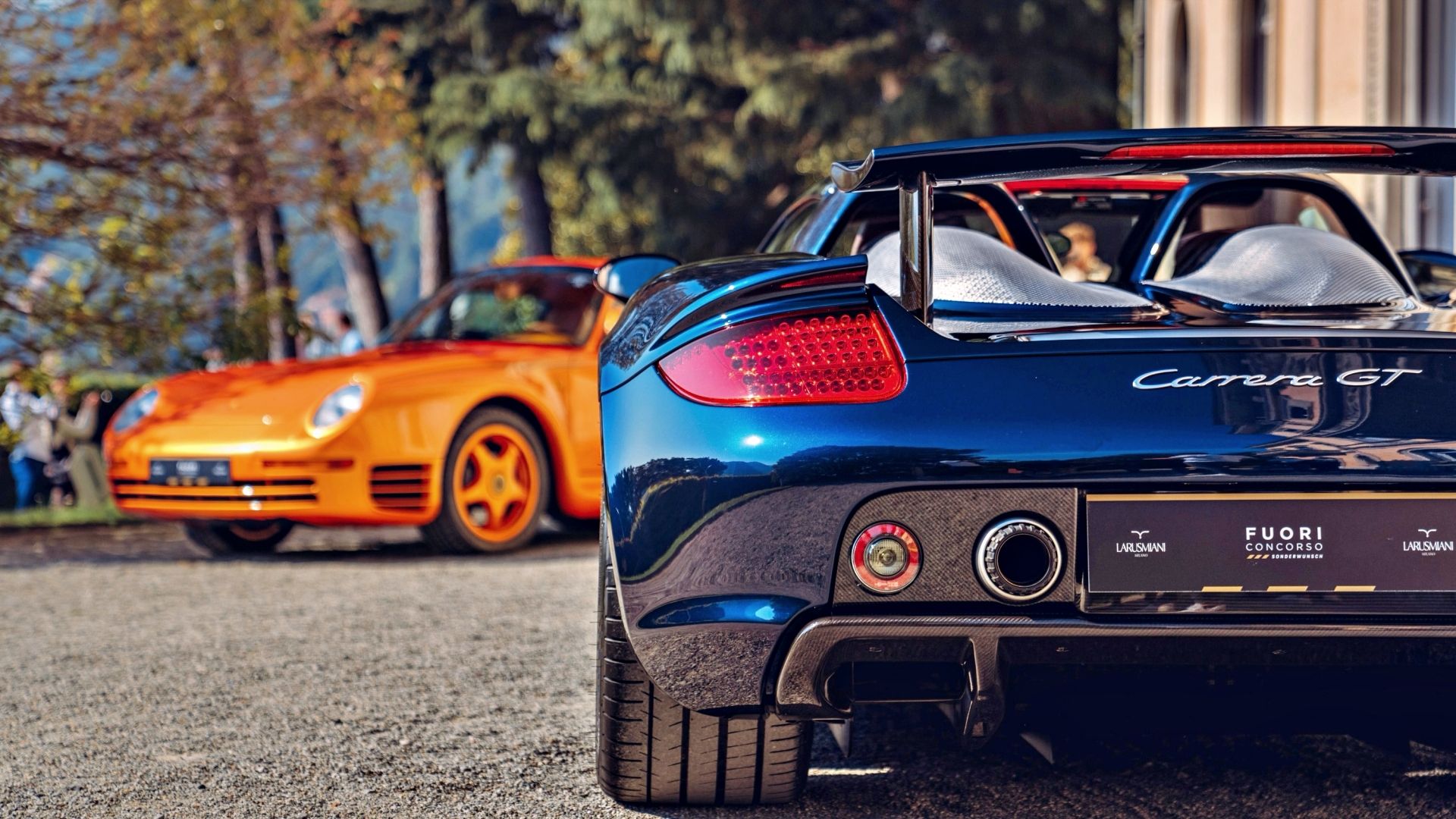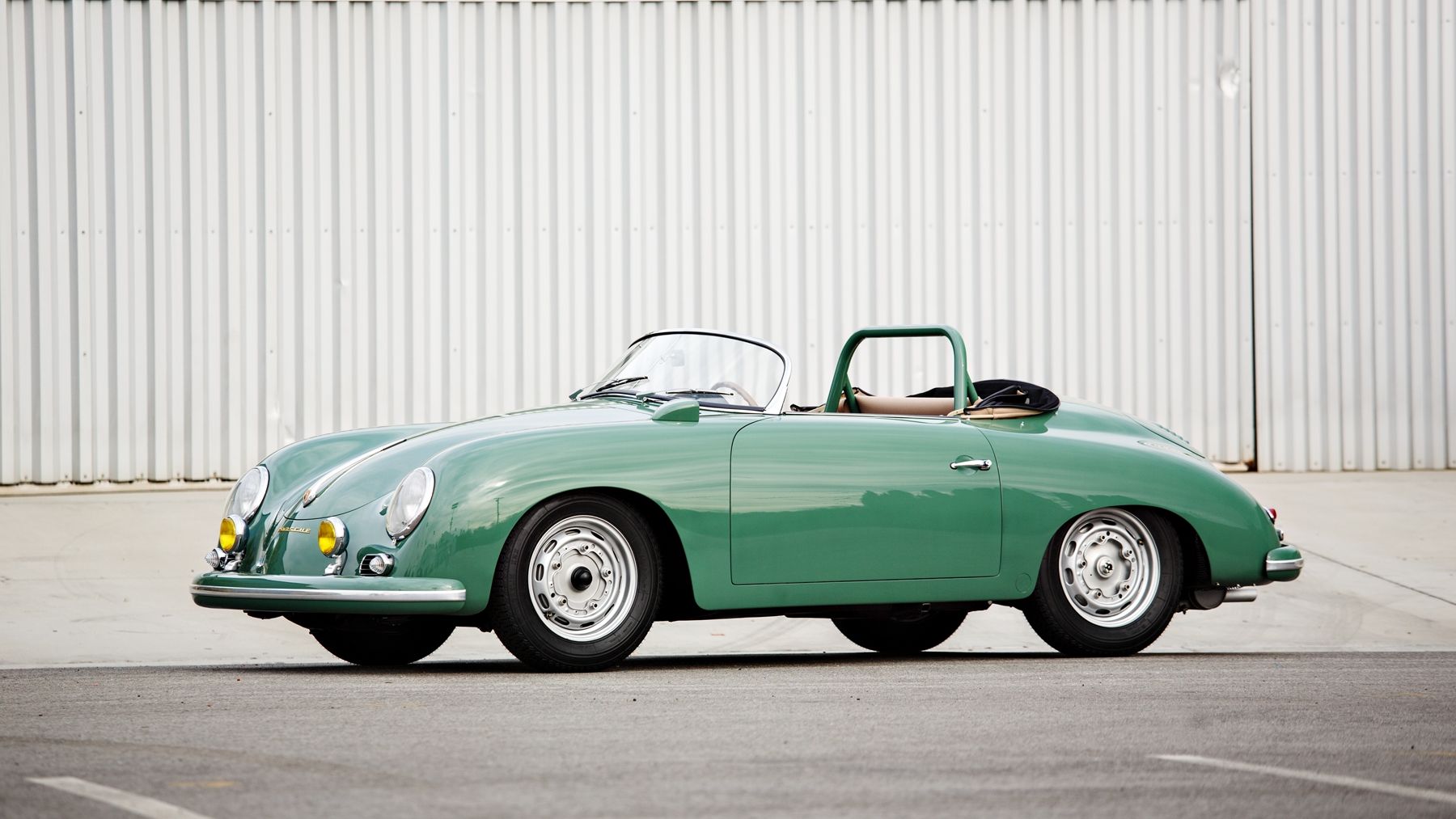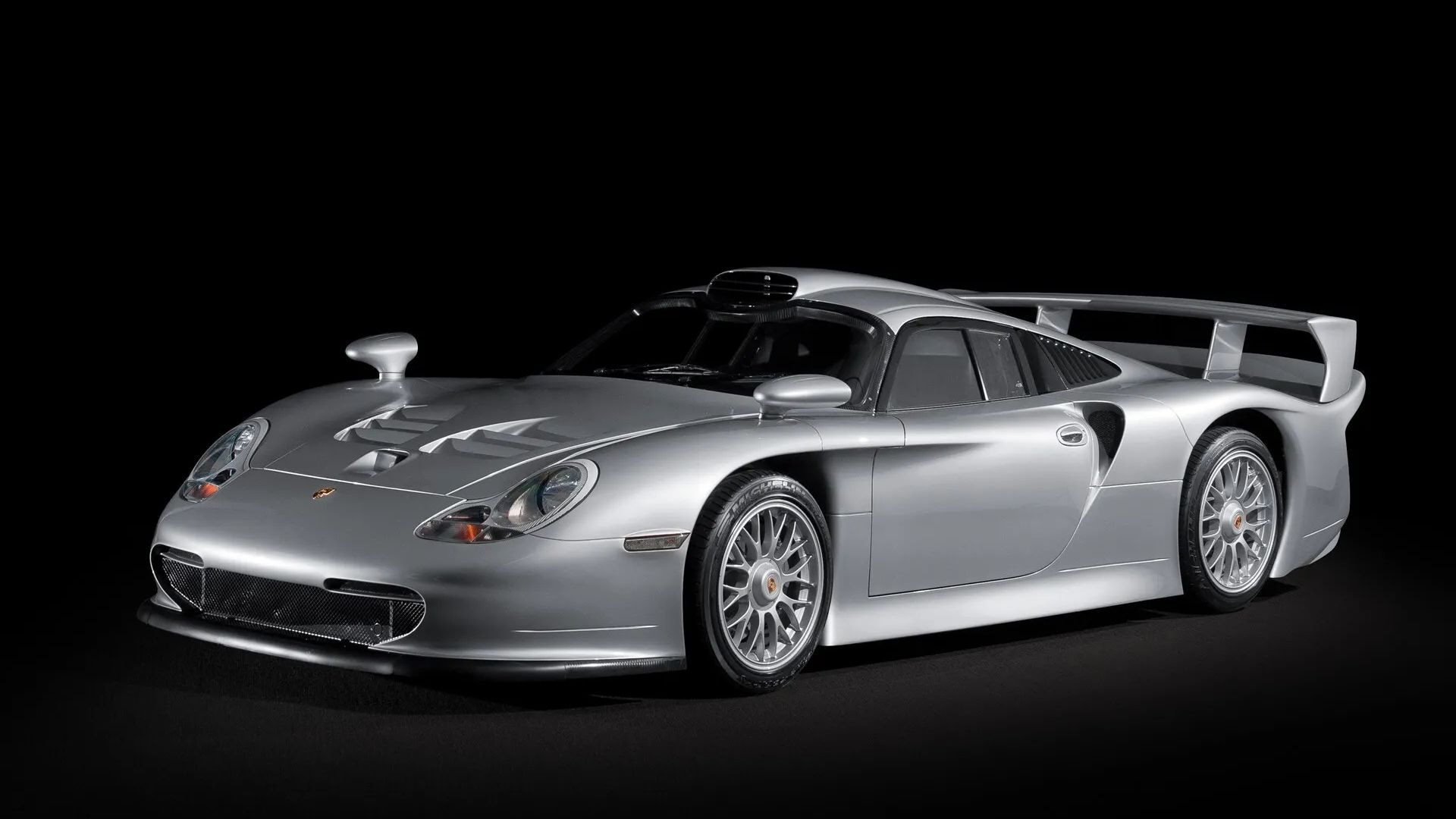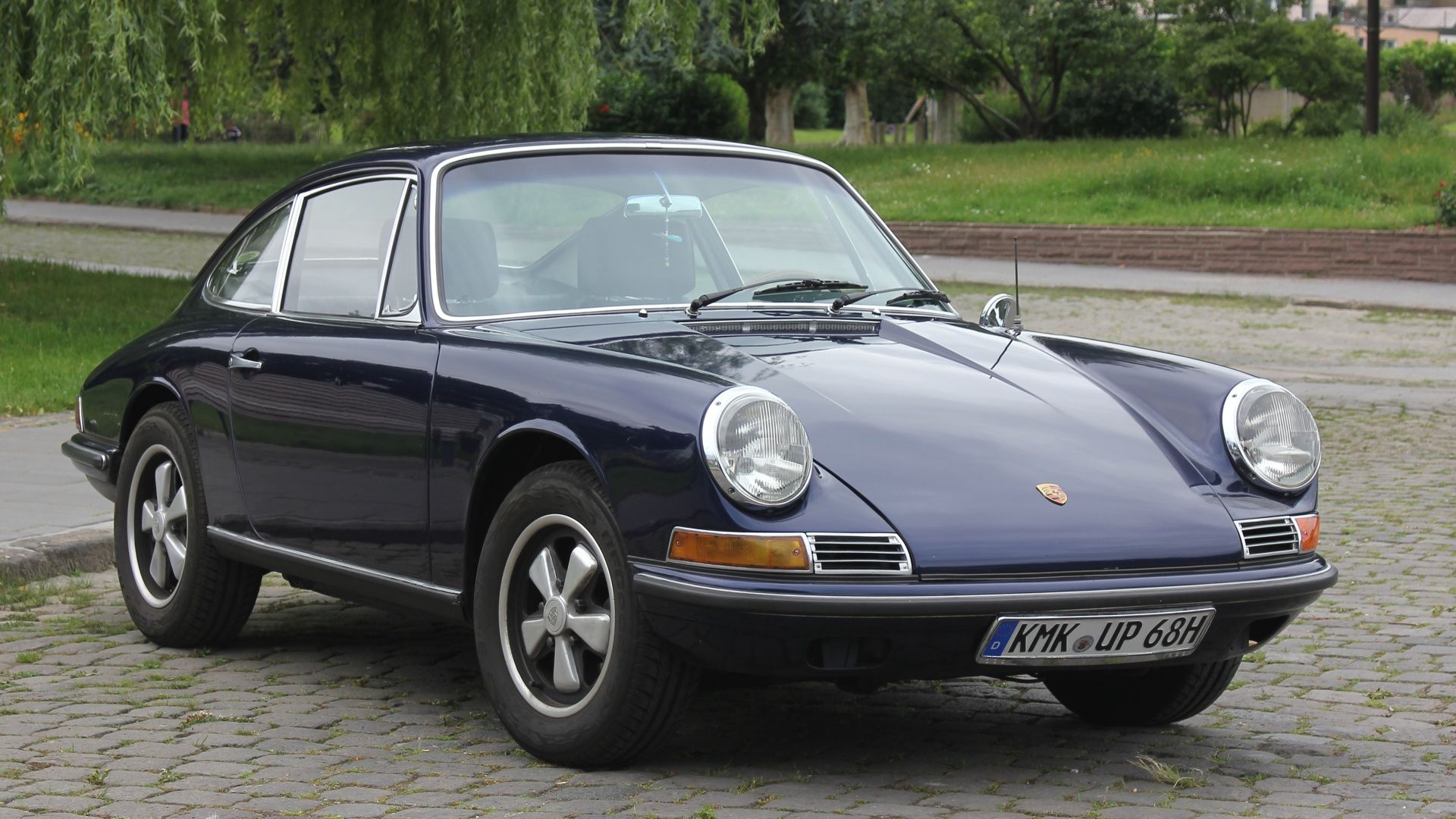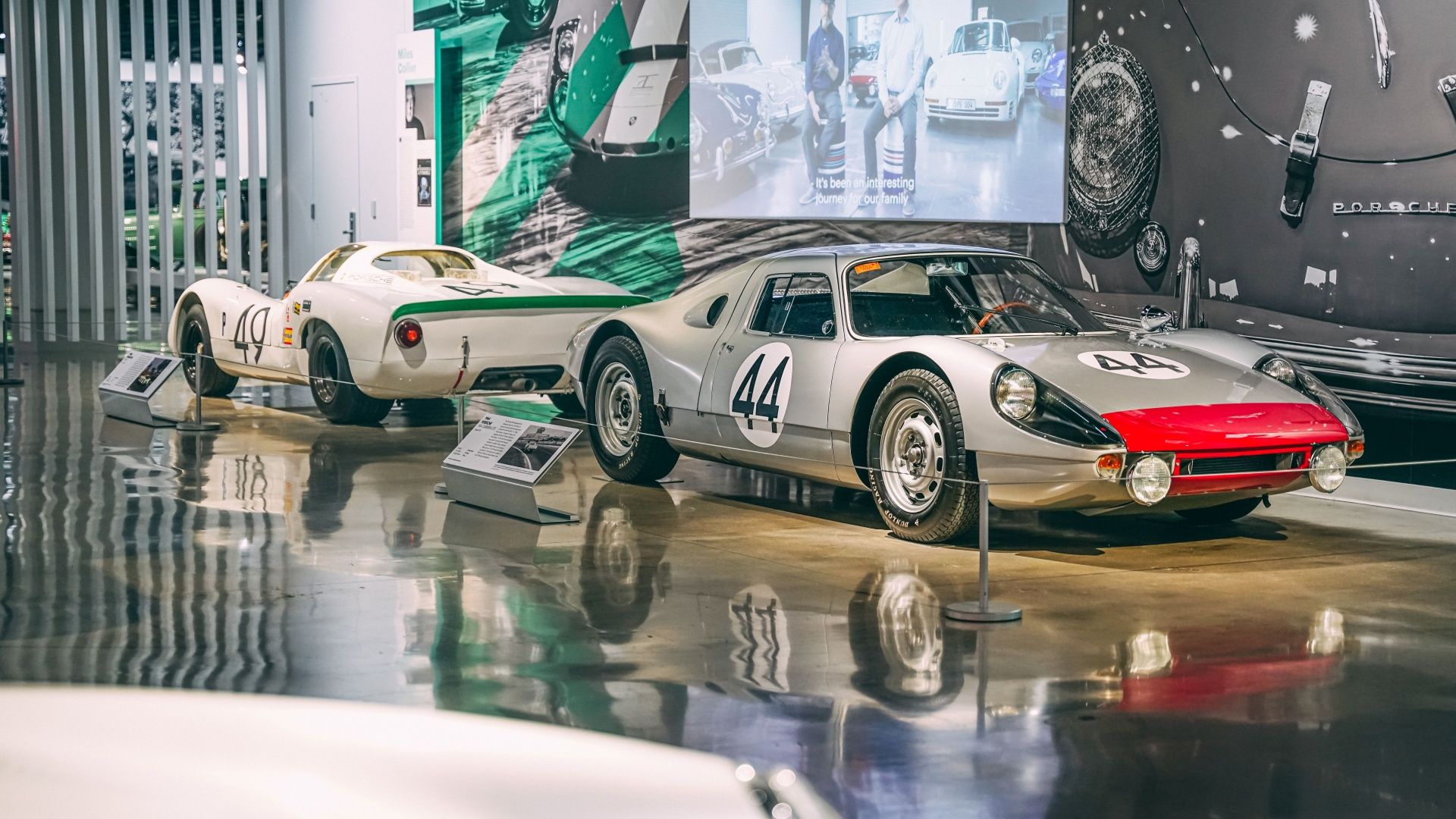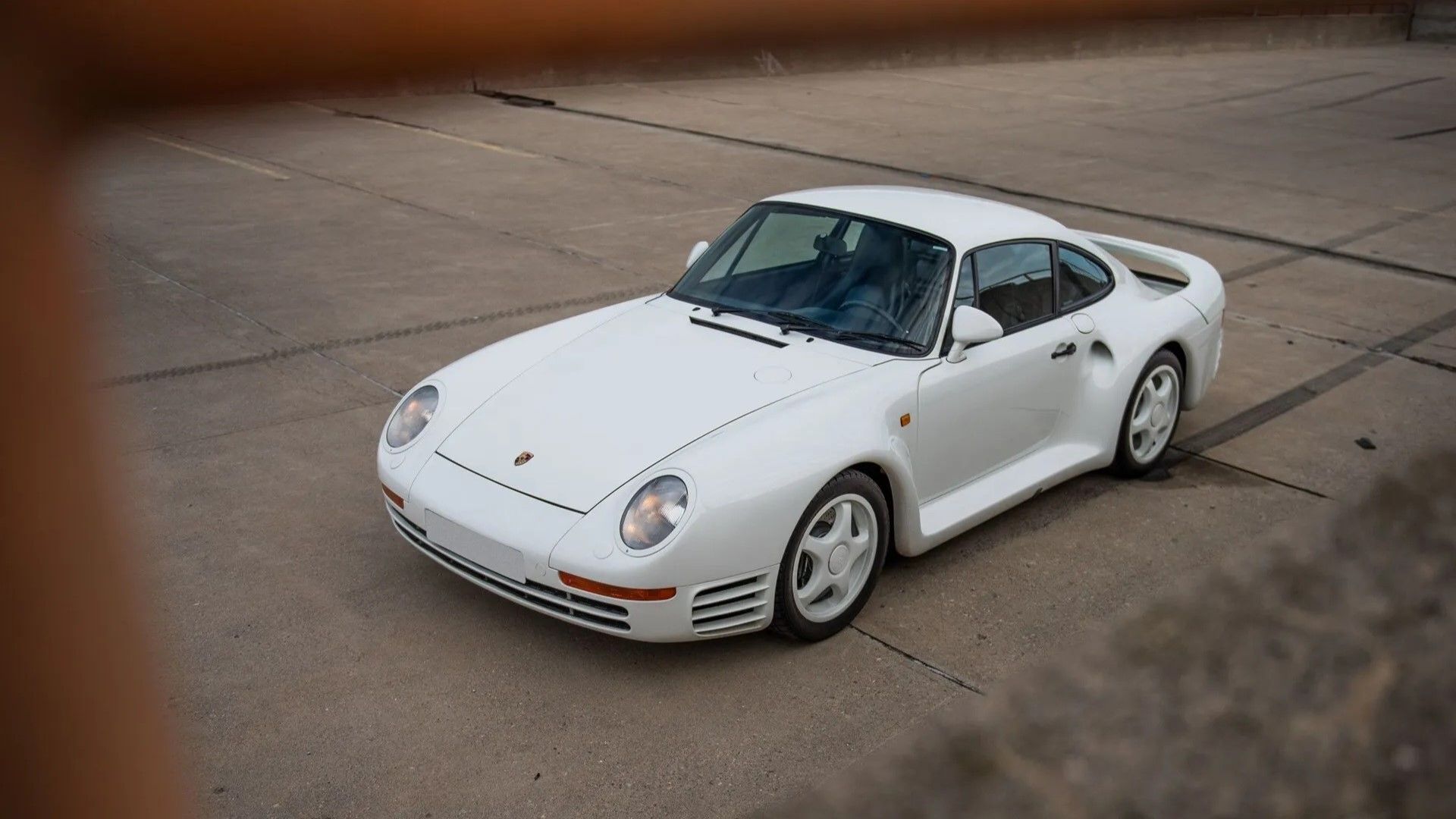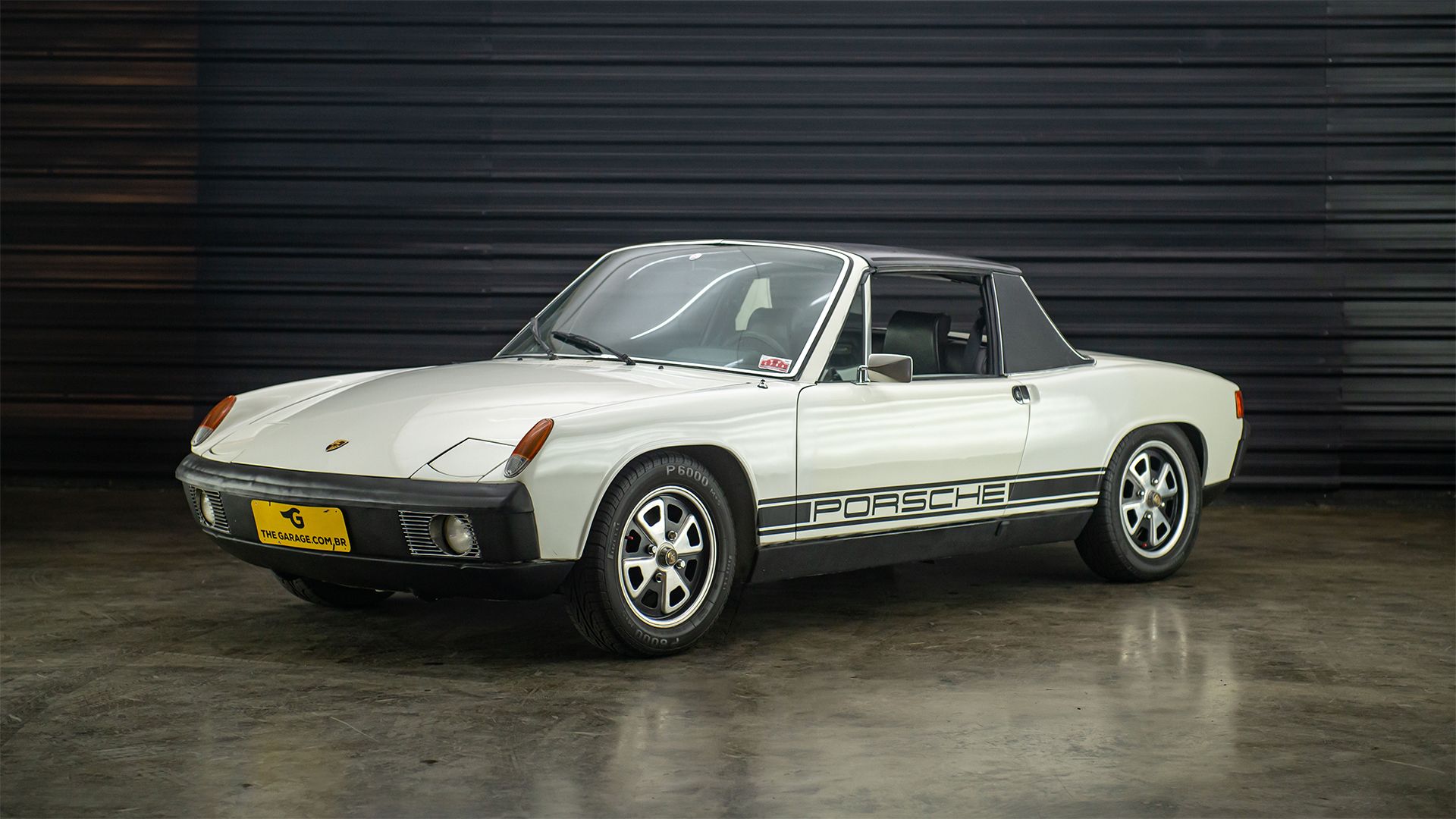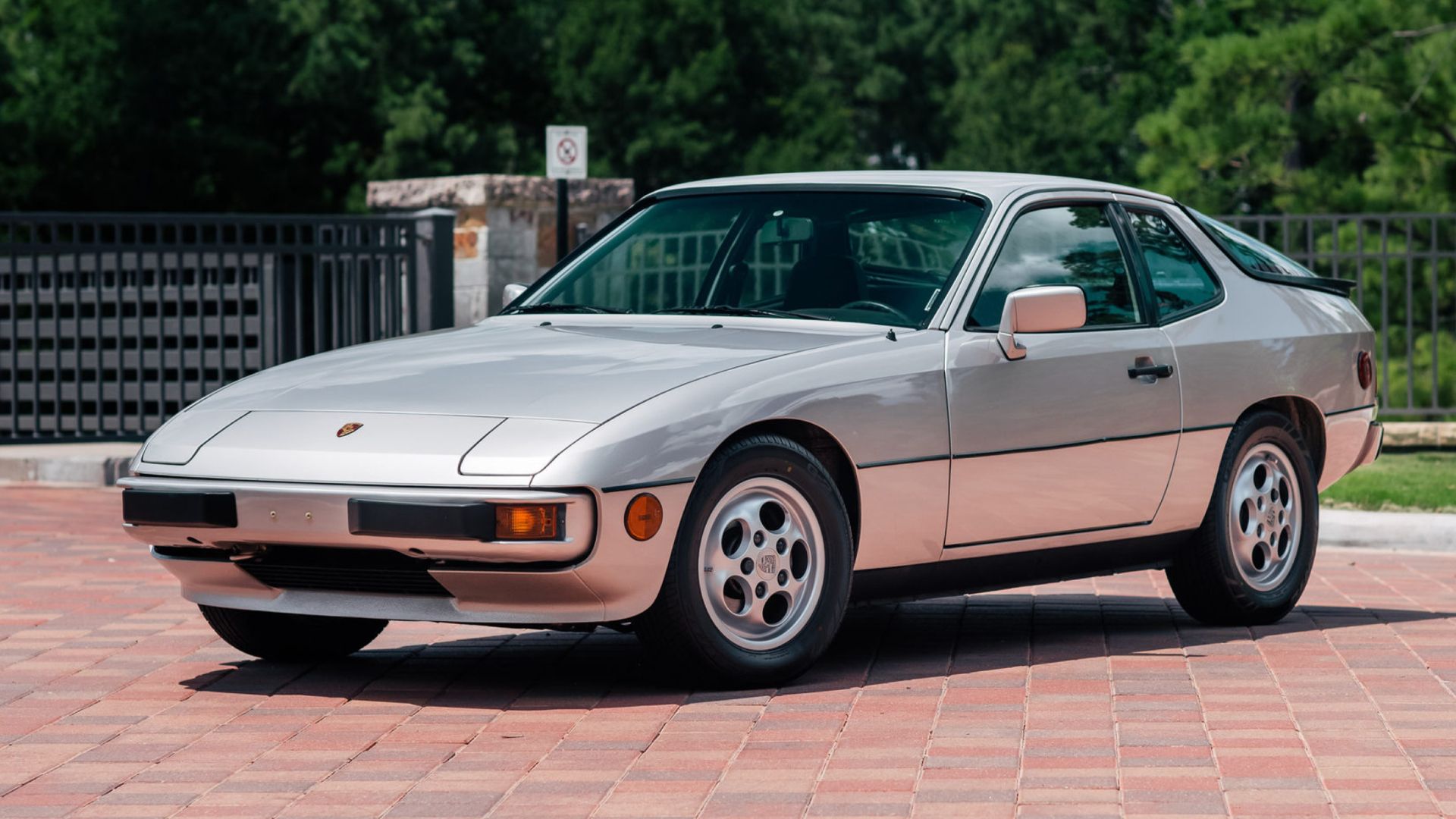Porsche is one of the most influential and proud carmakers in the history of the automobile. The brand is best known for its rear-engine 911. Due to the rear-engine layout, the German sports car was different from any other high-performance vehicle and even more impressively, it managed to evolve, time and time again, the formula of putting the engine in the “wrong place”.
But there’s a lot more to this car company, which started through the perseverance and ingenuity of Ferdinand Porsche. While the brand’s roots are also associated with individuals from a darker period in history, Porsche made plenty of iconic models, aside from the 356 and 911. Many of them have long retired, and the brand’s current lineup is quite different from what it was just 30 years ago.
At one point, Porsche was offering at least three other performance models, in addition to the usual 911 offerings, but nowadays, we only have two. Some models were quite good in their own right and showed Porsche isn’t afraid of branching out. After all, Ferdinand Porsche used to make tanks too. While the 911 is the undisputed flagship of the brand, here are 10 Porsche models the brand would be wise to bring back, either as limited editions or as full-scale models.
10 Porsche 928
The Porsche 928 was a more luxurious take on the sports car. Compared to the 911, it was bigger, more spacious, and most importantly, it featured a more conventional, featuring a front-engine, rear-wheel-drive layout. It was groomed to be a replacement to the 911, but although it was produced from 1977 to 1995, that never happened. The 928 was produced alongside the G-body, 964, and 993 generations of the 911, and was a more of a gran tourer by comparison.
Powered exclusively by V-8 engines, the 928 developed up to 350 horsepower in GTS models. Porsche currently has an FR platform in the form of the Panamera and potent V-8 engines are readily-available, meaning, a modern-day 928 would be easy to make. The 911 community is loyal to the model, and a more conventional platform might “steal” clients from other carmakers.
9 Porsche 968
Let’s face it, no Porsche is truly attainable for the majority of buyers. The most affordable Porsche sports car is the 718 and that starts at $68,300. In the early 1990s, Porsche introduced the final evolution of what started out as the Audi-powered Porsche 924. The 944 infused some performance, especially with the Turbo model, but the 968 was when the front-engine model really came into its own.
The 968 featured the brand’s biggest inline-four unit, but if Porsche were to make a new model now, it would probably use a turbo-four from the mother company, VW. We have already seen it on the Macan, and frankly, the EA888 turbo-four has plenty of tuning potential. A modern-day 968, priced for the less-wealthy enthusiast would certainly be a treat.
8 Porsche 356
The Porsche 356 is where it all started for Porsche as a sports car manufacturer. Much smaller than the 911, early 356s were largely based on the original VW Beetle, albeit with a bespoke body. The 356 is a lot more retro than even the first 911s, but if anyone can pull retro-futuristic styling off, it’s Porsche. After all, the brand never really altered the 911 drastically, in terms of the overall shape.
A shortened 911 chassis could easily accommodate for a smaller, 356-inspired body and since the original 356 was powered by flat-four engines, the 718’s 2.0 and 2.5-liter turbocharged, flat-fours would be a perfect match. A modern-day Porsche 356 would best work as a limited-edition model, since a full-scale production version would hinder 718 sales.
7 Porsche 911 GT1
In 1996, Porsche developed a car for the FIA GT1 series, which at the time was dominated by McLaren F1 and Ferrari F40. Homologation requirements meant Porsche had to build road-going examples, which resulted in 23 examples of the Porsche 911 GT1 Straßenversion (Street version) being produced. The race version was fairly successful in motorsports.
While the car was meant to resemble the regular 911 models, it featured a mid-engine layout. The 3.2-liter, twin-turbo flat-six was based on the M96 unit but was beefed-up to reliably handle over 600 horsepower if needed. Considering the exclusivity of the original 911 GT1, a modern-day successor would best serve as a limited-edition model, powered by a version of the upcoming 992.2 Turbo S’ flat-six hybrid setup, which is expected to make over 700 horsepower, in stock form.
6 Porsche 912
What if you want a Porsche 911 without the price tag of a 911? Porsche didn’t waste time in giving an answer to that. The 912 was introduced in 1965, just a year after the original 911 debuted. The two cars shared the same aesthetic, but the 912 was a much more basic car, powered exclusively by flat-four engines. A Porsche 912 wouldn’t make much sense, nowadays, as it will dilute Porsche’s rear-engine sports car lineup, and cause a percentage of the buyers to go for the much more affordable 912.
The budget-friendly rear-engine model was reintroduced in 1976 as a one-year-only model for the US. Porsche could do the same with a modern-day successor, since it would assure the 911’s complete, long-term dominance in the segment. A new 912 could be envisioned as a narrow-body 992 with smaller wheels and the 718’s flat-four engine options.
5 Porsche Carrera GT
The Porsche Carrera GT holds a special place in Porsche history as the brand’s last analog supercar. The mid-engine model was, in many ways, a spiritual successor to the 911 GT1. It was mid-engine, lightweight, and featured a motorsport-derived 5.7-liter, naturally-aspirated V-10 with one of the most unforgettable soundtracks of any road car. With 612 horsepower going to the rear wheels only, six-speed manual, and no traction control, the Carrera GT was a high-risk, high-reward type of car.
The Porsche 918 Spyder that came after it, was a much more capable car, but nowhere near as engaging. Porsche’s 918 platform could repurposed for a non-hybrid, rear-wheel-drive supercar with a manual transmission. This includes the flat-plane V-8, which even without the electric assist, makes as much power as the Carrera GT’s V-10. All engineers need to do is dig around in the company’s parts bin.
4 Porsche 904
The Porsche 904 was born from Porsche’s pedantic approach to car racing. The model debuted in 1963, and was one of the first mid-engine coupes, developed by Porsche that was road-legal. The car inherited the mid-engine layout and 180-horsepower flat-four engine from the Porsche 718 RSK. One prototype featured a 2.0-liter flat-six while two developmental prototypes came with a 2.0-liter flat-eight and up to 240 horsepower.
As we have seen on numerous occasions, Porsche has a rich heritage, and it doesn’t hesitate pulling ideas out of it. In 2013, Porsche showcased a retro-futuristic concept, dubbed the Living Legend Concept that clearly invoked the Porsche 904. The modern-day 718 could easily serve as the basis for a very limited-production run of 904 homage cars, ideally powered by the Cayman GT4’s 4.0-liter flat-six.
3 Porsche 959
When it debuted in 1986, the Porsche 959 was considered the most advanced car of its time. All-wheel-drive, twin-turbo flat-six, five-speed manual with a crawl gear, and speed-sensing active aero are only some of the car’s neat features. Nowadays, the 911 Turbo has all of those and more, so really a modern-day 959 wouldn’t be as ground-breaking as the original.
However, it will sell like hot cakes, and because the immensely-capable 992 platform is readily-available, making one would be easy. In 2020, Porsche brought out a 991-based homage to the bonkers Porsche 935 “Moby Dick”, so doing the same with the 959 nameplate would be just as easy. Redesigned front and rear sections, more power, and limited production usually do the trick, so the question is “when”?
2 Porsche 914
Not all of Porsche’s collaborations bear epic results and the 914 is a perfect example. It was meant to be sold as a Volkswagen, but ended up being badged as a Porsche, making it the brand’s entry-level sports car between 1969 and 1976. Even with a curb weight of 2,072 pounds (900 kg), the 914 offered little in the way of performance, but it offered great handling due to exceptional balance.
It was, essentially, a 1960s, mid-engine Miata, done by Germans. A modern-day Porsche 914 wouldn’t make sense, because the 718 fills the role of an entry-level sports car exceptionally well. The 914 wasn’t that good, according to Porsche standards, and it isn’t historically significant enough to justify the production fo a modern-day homage.
1 Porsche 924
It seems, whenever Porsche makes a bad car, it’s thanks to Volkswagen. Like the Porsche 914, the front-engine, rear-wheel-drive 924 is the result of a failed collaboration. Porsche got the worst of it, since it ended up with a wedge-shaped hatchback-coupe, powered by gutless Volkswagen/Audi engines. The car didn’t get a Porsche engine until 1986, in the form of the 924S, but it still wasn’t particularly quick with 156 horsepower, reaching 60 mph (97 km/h) in 8.0 seconds.
The car didn’t age well, both in terms of styling and reliability, and it’s the least-desired of all Porsche sports cars. The car didn’t make much sense back then, and it would make even less sense for Porsche to make one now. Like the 914, the Porsche 924 is one Porsche that’s best left in the past.

